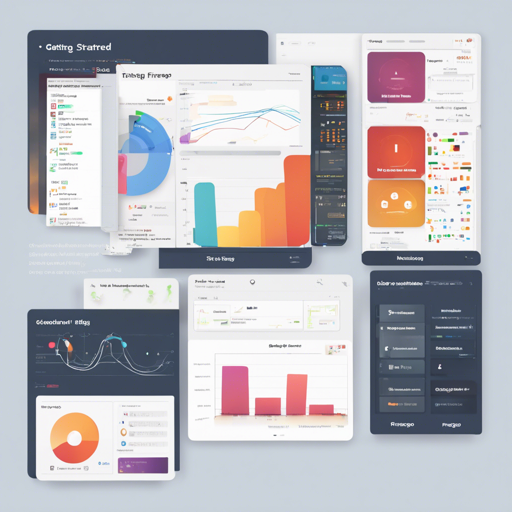Welcome to our walkthrough on using Firego, a Firebase client written in Go. Although Firego has been deprecated in favor of firebase/firebase-admin-go, it serves as a great tool for understanding how to handle Firebase interactions using the Go programming language.
Installation
To install Firego, run the following command in your terminal:
bash
go get -u gopkg.in/zabawaba99/firego.v1
Usage
Begin by importing the Firego library into your Go application:
go
import "gopkg.in/zabawaba99/firego.v1"
Next, create a new Firego reference to your Firebase app:
go
gof := firego.New("https://my-firebase-app.firebaseIO.com", nil)
Setting Up Request Timeouts
The Firego client will timeout after 30 seconds by default. You can adjust this timeout duration as follows:
go
gofirego.TimeoutDuration = time.Minute
Authentication
To fully utilize Firego, you’ll likely want to authenticate using your service_account.json file:
go
d, err := ioutil.ReadFile("our_service_account.json")
if err != nil {
return nil, err
}
conf, err := google.JWTConfigFromJSON(d, "https://www.googleapis.com/auth/userinfo.email", "https://www.googleapis.com/auth/firebase.database")
if err != nil {
return nil, err
}
fb := firego.New("https://you.firebaseio.com", conf.Client(oauth2.NoContext))
Performing Operations with Firego
Here’s where the magic happens! Let’s say managing a database is like handling a library of books:
- Getting a Value: Imagine searching for a specific book in the library. You can fetch data using:
go
var v map[string]interface{}
if err := f.Value(v); err != nil {
log.Fatal(err)
}
fmt.Printf("%s\n", v)
go
v := map[string]string{"foo": "bar"}
if err := f.Set(v); err != nil {
log.Fatal(err)
}
go
v := "bar"
pushedFirego, err := f.Push(v)
if err != nil {
log.Fatal(err)
}
var bar string
if err := pushedFirego.Value(&bar); err != nil {
log.Fatal(err)
}
fmt.Printf("%s: %s\n", pushedFirego, bar)
go
notifications := make(chan firego.Event)
if err := f.Watch(notifications); err != nil {
log.Fatal(err)
}
defer f.StopWatching()
for event := range notifications {
fmt.Printf("Event %#v\n", event)
}
fmt.Printf("Notifications have stopped")
Troubleshooting
Should you encounter any issues while using Firego, consider these troubleshooting steps:
- Ensure that your Firebase credentials are correct and that the
service_account.jsonfile is in the right location. - Check your Firebase security rules; they might be preventing access.
- Ensure that you have a stable internet connection when making requests.
For more insights, updates, or to collaborate on AI development projects, stay connected with fxis.ai.
Conclusion
At fxis.ai, we believe that such advancements are crucial for the future of AI, as they enable more comprehensive and effective solutions. Our team is continually exploring new methodologies to push the envelope in artificial intelligence, ensuring that our clients benefit from the latest technological innovations.

